In our environment we use MS SQL w/ stored procedures. In those procedures we return our results as XML and when access the data as we need to.
I'm introducing some charts into our tools which are 3rd party and require specific formats in order to operate and I am running into an issue.
In this screenshot, you are able to see what the structure should look like which I can get to work with the plugin just fine. The issue is with how SimpleXML handles single result sets.

As you can see in the image below, with one result item, it is no longer formatted as an array. The problem being is that the plugin expects to find the data in the format in the first example, but when there is only one value, it doesn't store it as an array.

As you can see from this image, the dataset for the escalationTypes is in the array format where the one below, submittedByDepartment is not.

I am trying to find out if there is something I can do to fix the root of this problem, with SimpleXML. Is this a common issue found with SimpleXML with a workaround?
UPDATE
Here is a sample of the XML Object I am working with: http://pastebin.com/uPh0m3qX